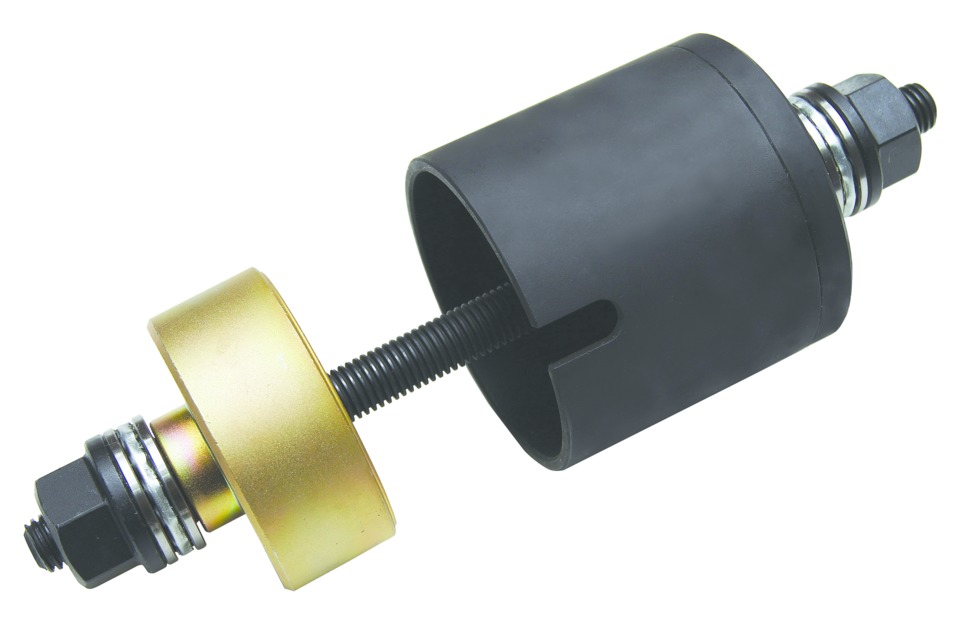Jdk tool for mac. Delete 'facebook.videochat.xxx.plist file 1. Using Finder click Go to Folder 2.
Christina explains simply how to run diagnostic testing on your Mac computer. Please keep in mind this tutorial is intended for people with a computer from June 2013 or newer. Apple Diagnostic Mode, better known as Apple Hardware Test, is a tool used to diagnose and detect hardware and system problems. For a business owner, this too can be useful in determining the.
Apple Diagnostics tests your Mac for hardware issues and suggests solutions. After isolating an issue on your Mac to a possible hardware issue, you can use Apple Diagnostics to help determine which hardware component might be causing the issue.

Wi-Fi is essential to most Mac users, but what happens when your network gets sketchy? Apple's hidden Wi-Fi Diagnostics tool should help you improve Wi-Fi performance.
[ABOVE: Apple's Wi-Fi Diagnostics tool should look like this. I've deleted BSSID and network names for security.]
The hidden tool

To access Wi-Fi Diagnostics, Option-click on the Wi-Fi icon in your Menu bar. In the drop-down menu that appears, select 'Open Wireless Diagnostics.' The Wi-Fi Diagnostics app is hidden inside /System/Library/CoreServices/Applications, from where you can drag the app icon to make it easily available in your Dock.
Itool for mac. When you launch the app, a screen appears to tell you what the tool does and asks you to let it run tests to determine the state of your current Wi-Fi connection; these can take a few minutes to complete.
While in Wireless Diagnostics, open the Utilities Window via the Menu bar (Command-2). This shows you much information inside: Info, Logging and Performance windows; A Frame Capture mode to sniff network traffic and a Wi-Fi Scan mode that captures useful info about your own and other networks in your area.
Check the channels
The first thing to check is what channel your network is on in comparison with other networks in your area. If you find you are sharing a channel with others nearby, it helps to change the channel on your router to one the other networks aren't using -- a clear channel usually improves reception quality.
You can use the information to determine the strength of your Wi-Fi signal (or use the Performance tab in this window to see how the tool sees your network performance in the Quality section to top left).
Assessing signal strength
The Wi-Fi scan pane offers two metrics to help you determine this: Signal (RSSI, Received Signal Strength Indication) and Noise.
The first refers to the strength of the signal between your Mac and your router. Higher numbers are better but because these are rated as minus numbers, it's important to note that an RSSI of -60 is actually much better than an RSSI of -80.
Noise refers to the amount of wireless noise that may be affecting Wi-Fi reception. Neighboring networks, or the usual network interference culprits such as microwaves or some cordless phones, can impact your reception. Like RSSI this is measured in minus numbers, but a lower number is best, so a Noise level of -46 is better than one of -40.
The difference between these numbers is the quality of your network, so if you have an RSSI of -47 and a Noise level of -96 then the difference is 49. This is called the SNR (Signal to Noise Ratio) and the higher this number is the better your Wi-Fi performance will be. An SNR of 25 or above means you should have good performance.
Tips
The Performance pane shows you the quality of your Wi-Fi over time. Given that some electrical devices (including devices situated in neighboring rooms and homes) and other networks can impact your performance, you might want to keep an eye on this while moving your Mac around. You may eventually find a place in your space in which performance is better than anywhere else, or achieve better performance by switching off other computers or electrical devices.
Other terms that may be useful when using this tool: Xml query tool for mac.
- BSSID: This is the identifier for your airport hardware.
- Security: The kind of encryption used -- try to use WPA 2. Do not use WEP, as this is compromised.
- Transmit Rate: Data speed.
I hope this short report helps demystify and explain a little of what you can do with Wi-Fi Diagnostics.
Mavericks Tips and Tricks
- More Tips and Tricks
Diagnostic Tools For Mac
Google+? If you use social media and happen to be a Google+ user, why not join AppleHolic's Kool Aid Corner community and join the conversation as we pursue the spirit of the New Model Apple?
Diagnostic Tool For Mercury 115 Four Stroke
Got a story? Drop me a line via Twitter or in comments below and let me know. I'd like it if you chose to follow me on Twitter so I can let you know when fresh items are published here first on Computerworld.